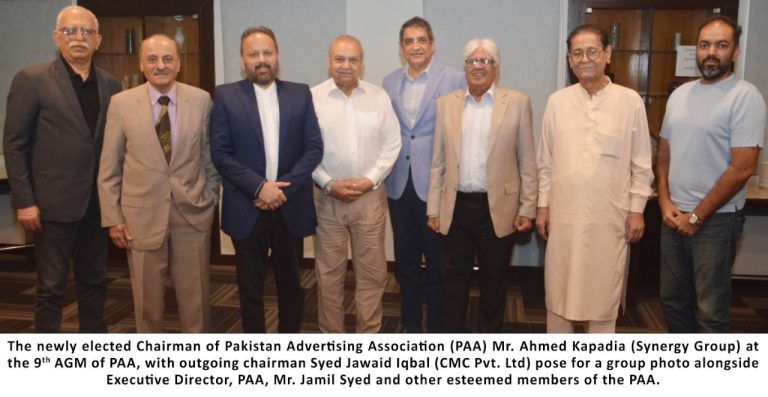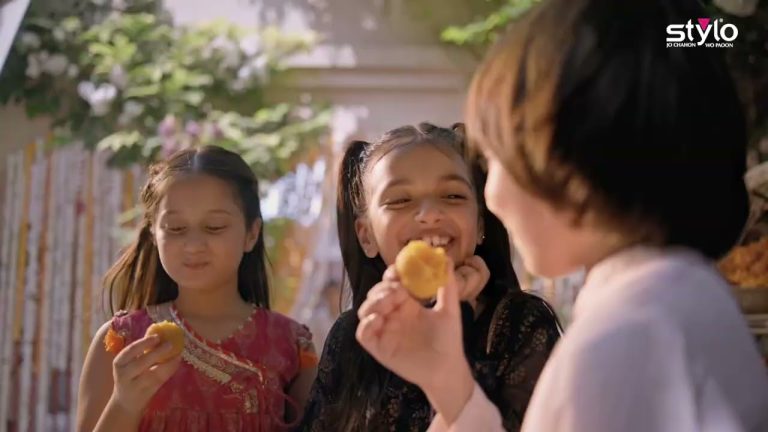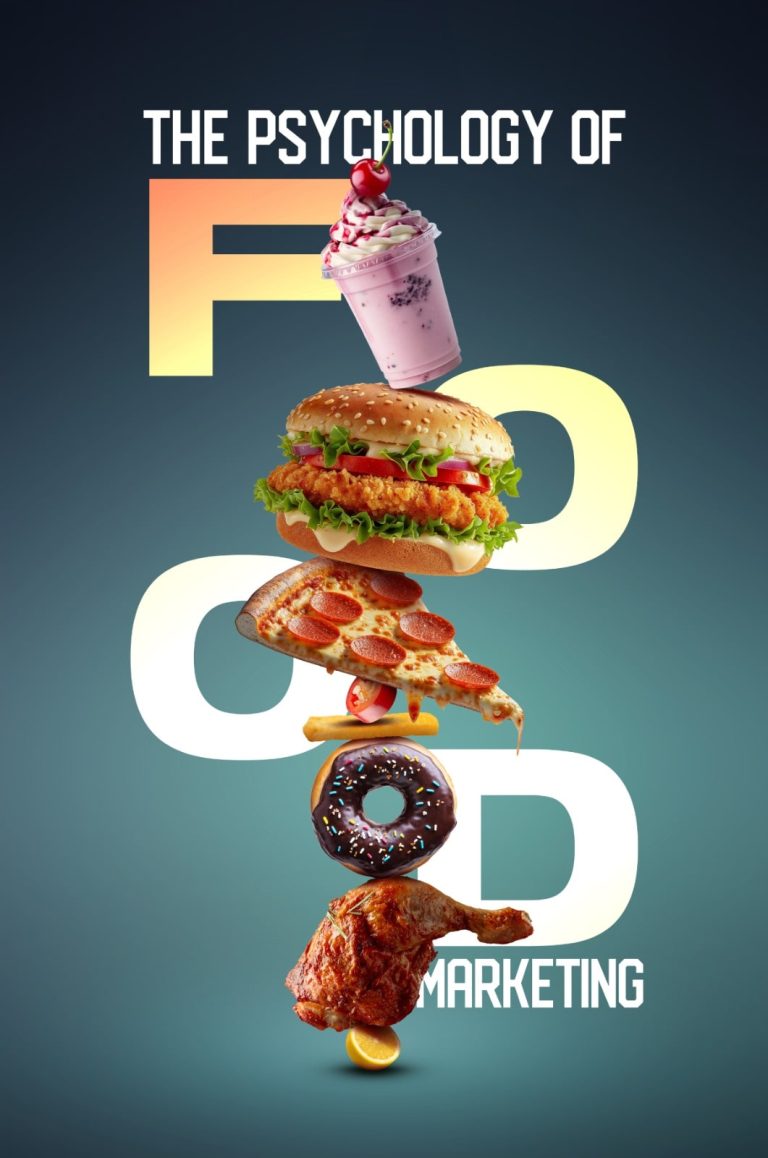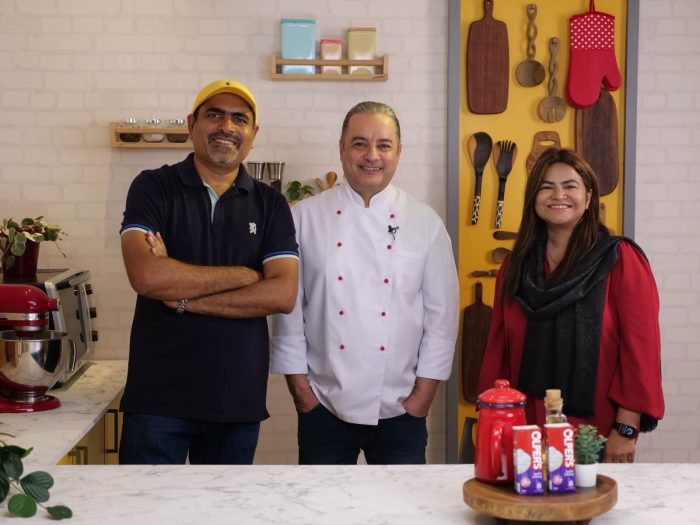Synergyzer: What inspired an engineer to become an entrepreneur in the sauce industry? Can you share the story behind Dipitt’s creation, the king of all sauces?
Zeeshan Haider: Well, the story essentially began when I was working for Philip Morris in the Philippines, and my wife used to make delicious buffalo wings there, which we really enjoyed. When we moved back to Pakistan, there weren’t many ways to make wings here. To cut a long story short, I started Wingitt, our chicken wings brand. We began making all of our sauces in-house for Wingitt, and then one of our friends in the restaurant industry asked if we could supply sauces to them as well. That’s how the business started and grew. This journey began a long time ago, and we’ve been making sauces at home ever since.
Synergyzer: Pakistani food is known for its rich flavours and spices. How do you ensure that your product captures the essence of Pakistani cuisine while catering to diverse customer tastes?
Zeeshan Haider: Oh, I think we do a good job, and our sauces are very spicy. We are known for all our spicy sauces, so I believe we stay very true to Pakistan’s essential spicy food. However, we also aim to ensure that our product, which is based on Pakistan’s cuisine, is of the highest premium quality. Regardless of whether it is spicy, sweet, or any other flavour, it should be top-notch quality, using the best raw materials we can obtain. This way, we benchmark ourselves against international brands, which has always driven us to be at the top of our game.
Synergyzer: Who and how did you come up with the name Double T in there?
Zeeshan Haider: It’s not Double T; it’s ITT, which stands for It’s Truly Tasty. This is reflected in all our branding. For instance, Wing ITT means Wing, It’s Truly Tasty. Similarly, DipITT means Dip, It’s Truly Tasty. The company is called ITT Foods, emphasising our commitment to making extremely tasty food.
Synergyzer: Tell us the story of brand building from day one till today.
Zeeshan Haider: To be honest, brand building is handled by our marketing team, especially my wife. Our forte has always been producing high-quality products. This focus extends to our packaging, which enhances our branding and competes with international brands.
When I started, I faced many challenges with bottle design. In 2016-17, I approached a small manufacturer because larger bottlers in Pakistan refused due to low volumes. Many doors were shut on me, but eventually, a glass manufacturer in Hyderabad, Sindh, agreed to help. Although the factory was closed, having previously made bangles, the owner decided to assist. We revamped the factory and started production there. We pay meticulous attention to detail in our packaging and branding, including our digital presence. Our commitment goes beyond creating an advertisement; we ensure every aspect of our branding is thoroughly addressed.
Synergyzer: What role do you believe social media has played in promoting Pakistani food globally, and how did you leverage social media platforms to reach a wider audience?
Zeeshan Haider: Social media has been phenomenal. In recent years, especially during the COVID-19 pandemic, food awareness in Pakistan has skyrocketed. With people at home and restaurants closed, many turned to social media to explore new foods and recipes. This surge in interest was driven by food channels and YouTube videos, which helped consumers learn and experiment with new dishes.
For the food industry, social media is crucial. For example, our habanero sauce became very popular in Toba Tek Singh, a city many Pakistanis are unaware of. We discovered that a local pizza maker found a recipe on YouTube and started using our habanero sauce, which matched what he needed. This example shows the incredible reach and impact of social media on food promotion and consumer behaviour.
Synergyzer: What initiatives has Dipitt taken to promote sustainability and eco-friendliness in its operations and supply chain? How do you see them impacting the Pakistani food industry?
Zeeshan Haider: The food business must be vertically integrated and sustainable, especially since we rely on raw ingredients like tomatoes, chillies, garlic, and onions. We don’t add any artificial substances to our products, so we depend on organic produce. To ensure consistent quality and sustainability, we practise agro-farming and have an agronomy team to oversee the cultivation of our ingredients.
By working directly with farmers, we ensure the quality and sustainability of our raw materials. This direct collaboration supports farmers and helps us maintain high standards, ultimately benefitting the Pakistani food industry.
Synergyzer: Currently, who are your top customers, restaurants or retailers?
Zeeshan Haider: Both are top customers, but they represent different channels. We have many notable local brands, such as BBQ Tonight. We also serve international food chains like Subway and Herfy, a major food chain in Saudi Arabia. In retail, we have strong partnerships with large stores like Springs and Al Fateh. These businesses have supported us since we started, and we consider them valuable business partners.
Synergyzer: Looking forward, what are your plans for Dipitt’s expansion and growth, and how do you envision Pakistani food continuing to make its mark on the global culinary landscape?
Zeeshan Haider: Dipitt is growing and is already in more than 20 countries. We aim to export more, proving that Pakistani products can match international standards. We are also developing sauces with traditional Pakistani flavours, like the chutney my mother used to make. We want consumers worldwide to enjoy these authentic tastes. For instance, someone in Canada should be able to enjoy our red chilli sauce with a besan roti, just like at home. We also want people from other backgrounds to discover and appreciate our diverse range of sauces.
Synergyzer: How has your experience been working with retailers since you started?
Zeeshan Haider: The experience has been positive overall. Some retailers can be challenging, but they have all been very supportive, I must say. Throughout our journey, big names like Springs, Naheed, Al Fateh, and Jalal Sons have shown great support to us, Masha Allah.
Synergyzer: How do you measure the effectiveness of influential marketing in the Pakistani food industry and what strategies have you employed to maximize the benefits for Dipitt?
Zeeshan Haider: To be honest, we don’t believe in big influencer marketing and don’t engage in it. I always advise my team to work with new influencers instead. The issue with big influencers is that they might promote you today and your competitor tomorrow. We prefer genuine content from our platforms, whether digital or in-store. We focus on authentic creativity rather than repeatedly changing influencers. As an organisation, we have never relied on influencer marketing, and you won’t find any influencer endorsements for Dipitt.
Synergyzer: How do you approach the art of packaging and presenting Dipitt’s products to both local and global markets, considering their diverse cultures and consumer preferences?
Zeeshan Haider: Our brand’s identity guides our approach, much like defining a person. This extends to packaging and every other aspect of the brand, including culture and values. We design our packaging to be modern and appealing to contemporary consumers, including Gen Z and Gen Alpha. We aim to keep up with trends, knowing that preferences can change quickly. Our goal is to stay true to our brand’s core and present it in the best possible way, allowing consumers to decide for themselves.
Synergyzer: How do you see food festivals in Pakistan and abroad contributing to the growth and promotion of local food brands like Dipitt, as well as the overall food landscape?
Zeeshan Haider: These food festivals and exhibitions are excellent, especially when they bring out new food innovations and adventures. We should all support and promote them because they foster new ideas and trends. At Dipitt, we actively promote such platforms. Whether at schools, universities, or festivals, we encourage any initiative that involves food and the younger generation.
Synergyzer: What’s your take on the future of food technology and its potential impact on traditional cooking methods and ingredients?
Zeeshan Haider: We firmly believe in food innovation. We have a dedicated R&D team of seven food scientists constantly developing new foods and sauces. We experiment with all states of food, whether liquid or solid. Innovation is at the core of our company. Food technology and new ideas are crucial to us. For example, we might create chipotle dal chawal or dahi vada with chipotle sauce during Ramadan. We even experiment with making Karahi using ketchup and buffalo sauce. This kind of innovation is what we strive for and encourage within our team. We promote creativity and experimentation, allowing us to discover new and exciting culinary possibilities.
Synergyzer: Any advice for youth and new entrepreneurs?
Zeeshan Haider: For new entrepreneurs, and particularly parents, I would say don’t stop your children from innovating with food. Let them go into the kitchen and experiment. They might learn to respect food, innovate with it, and discover their creativity. This can indeed be a viable career path.
I’ve learned this myself over time. My mother often says, “You graduated from NED, went to LUMS, worked internationally, and now you’re making chutney and sauces.” I take it positively and ask, “Ammi, do you like it or not?” She usually replies, “I like it, but you shouldn’t be making it.”
I encourage parents to let their children explore and learn about food. Food is not just sustenance; it involves agronomy, which is vital for our agro-based country. We should let them interact with and explore food, as it’s a whole new world yet to be fully discovered here, though it has been explored globally. That’s my advice to everyone.










